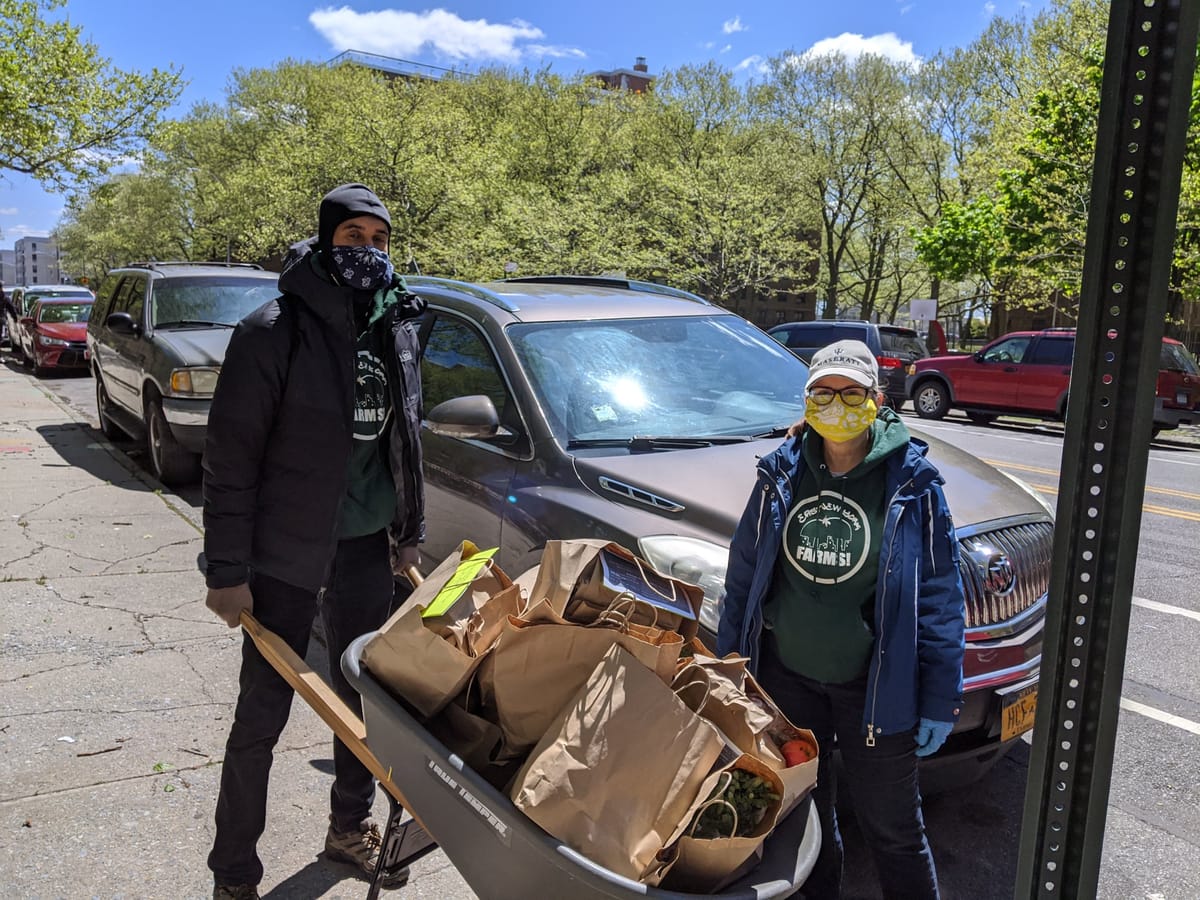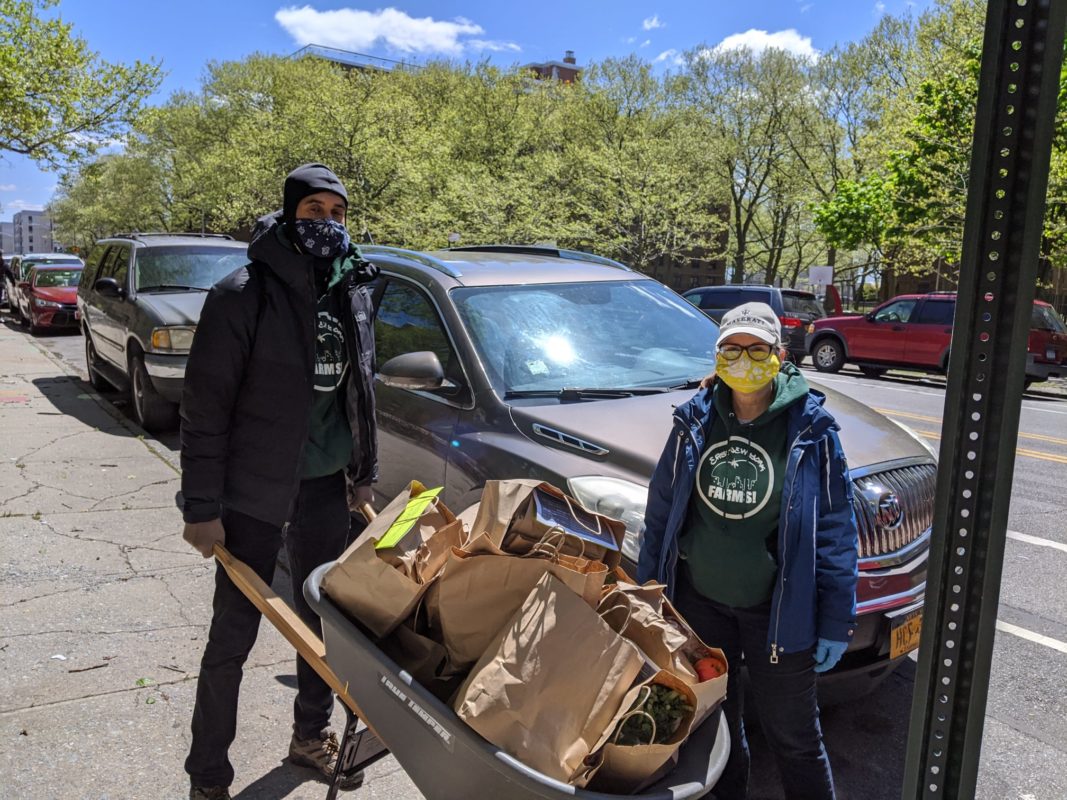City Cuts Promised Funding For Human Services Organizations

At United Community Centers of East New York (UCCENY), a nonprofit that serves the East New York community through everything from ESL classes to early childhood education, many of the costs associated with keeping the center running involve things like paying program staff, organizing field trips, and purchasing supplies.

However, Ana Aguirre, the center’s Executive Director, can’t keep the doors open if she doesn’t have human resources staff, running water, or, even more crucially now, a clean and safe environment equipped with adequate air filtration and table dividers. Yet, these are expenses typically labeled ‘indirect costs’ – akin to overhead costs — and have been underfunded by the city for years, despite the critical role they play in keeping human services organizations like UCCENY open.
When Mayor de Blasio and House Speaker Corey Johnson announced the roll-out of a program called the Indirect Cost Rate (ICR) initiative back in December 2019, nonprofit organizations across the city breathed a sigh of relief. The initiative, a partnership between the mayor, the speaker, and leaders in the human services sector, would put an estimated $54 million toward these indirect costs, helping human services organizations funnel more of their time and energy into providing food, housing, education, and other services for those in need.
“Nonprofits play a critical role in uplifting our most vulnerable New Yorkers,” the mayor said in apress release announcing the initiative on December 10th.
“We are excited to partner with Speaker Johnson and City Council to provide the necessary resources to ensure that health organizations can continue to deliver services for New Yorkers for generations to come.”
In preparation for the initiative, organizations had to go through audits and do significant financial reporting — much of it at their own expense — to calculate their indirect rates, said Nora Moran, Director of Policy and Advocacy at United Neighborhood Houses, which provides support for 43 settlement houses throughout the city. So when the mayor and speaker announced that they would be retroactively cutting that funding from the city budget for Fiscal Year 20, it presented a shock to the organizations that had anticipated some much-needed room in their budgets.
“It was very surprising for us,” said Moran. “There was a lot of fanfare when this was rolled out in late 2019. Both the mayor and the speaker pointed to this initiative as groundbreaking, really held it up as an important step for supporting this sector.”
The cut is a major blow to human services organizations, Moran said, like UCCENY or the Arab American Family Support Center (AAFSCNY) who are already overburdened by the work they need to do to help New Yorkers recover from the effects of COVID-19.

Aguirre knows that UCCENY can’t carry on without cleaning staff, without human resources staff, and without someone to process payroll. Even her own job is filed as an indirect cost, she said. Without adequate financial assistance from the city, the center will also have to foot the cost of special air filters, which Aguirre said need to be replaced every three months at a cost of $2,700. They also need to purchase table dividers for their early childhood program, which she said cost $285 each.
“You have to run the programs. If we don’t do it, it means that you have to close the doors,” said Aguirre.
If organizations like UCCENY close down because of the cut, Moran emphasized, it could be deeply detrimental to the city as a whole.
“Now they’re looking at a point of, okay, we’re going to be dealing as a city with the long-term economic and health effects of this crisis for years to come,” Moran said.
“They are seeing increased unemployment in their neighborhoods, they’re seeing increased demand around food insecurity, they’re very worried about peoples’ ability to pay rent. And they know that they already have and will continue to play a really critical role in helping people get back to work, have enough food, be able to pay their rent, and stay healthy, housed in the next couple months and years.”
Private donors might help with some of the cost, Moran said, but it’s difficult to say how long those sources will last. They won’t be able to do in-person fundraising for a while, either, due to COVID-19 restrictions.
“At one point we have to say, we can’t do it anymore,” Aguirre said. “And if we say we cannot do it anymore, who’s gonna do it?”
In response to our request for comment, the mayor’s office stated that, “The fiscal crisis due to COVID-19 lead to tough budget circumstances, but we remain committed to supporting nonprofits however we can in this new reality.”
Additionally, they said, “Due to revenue losses, we had to achieve billions of dollars in savings, which included very painful cuts to programs and services. Many of the cuts, including the reduction in funding allocated to indirect costs, were made jointly by the Administration and City Council at Adoption.
We recognize this is a challenge for providers who elected to go through the indirect cost rate initiative, so since Adoption have agreed to cover 60% of provider’s accepted indirect cost increase and ensure a minimum indirect cost rate of 10% for [Fiscal Year 20].”



